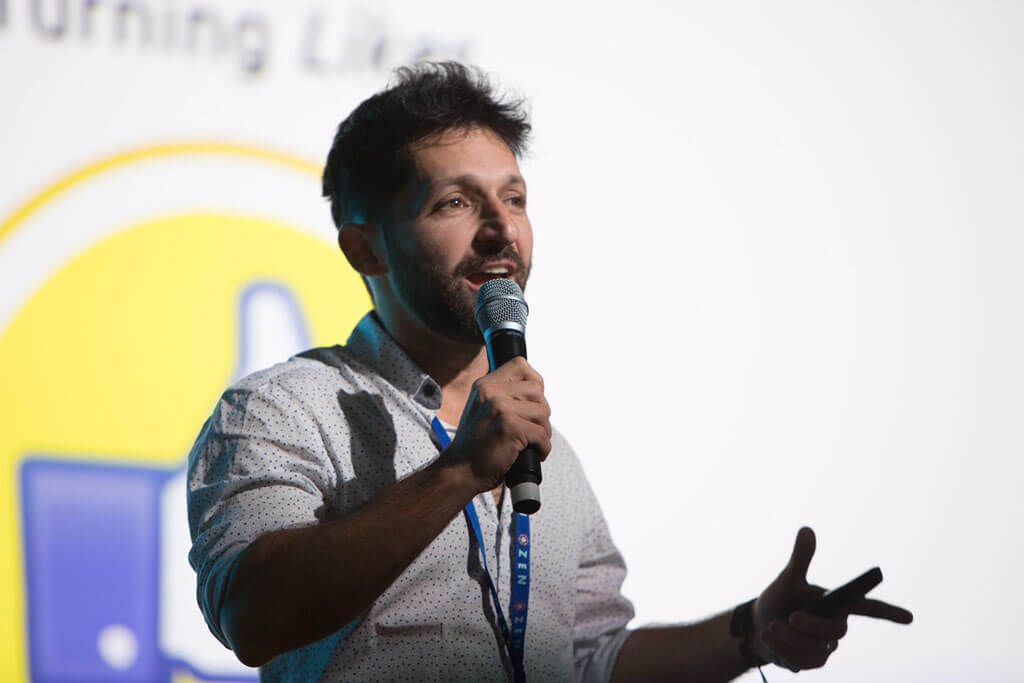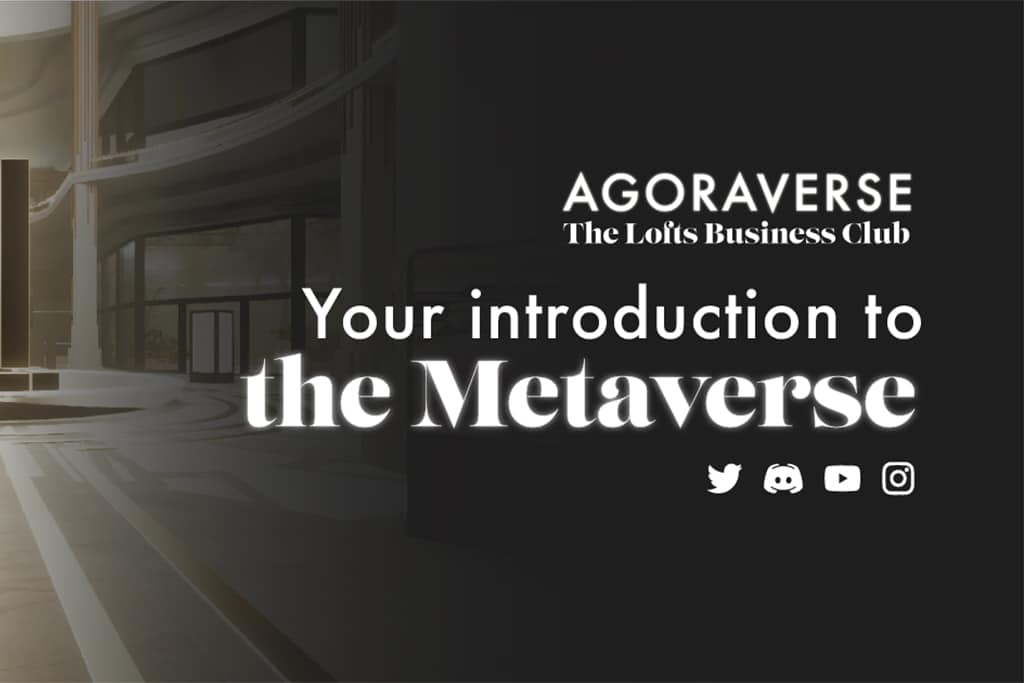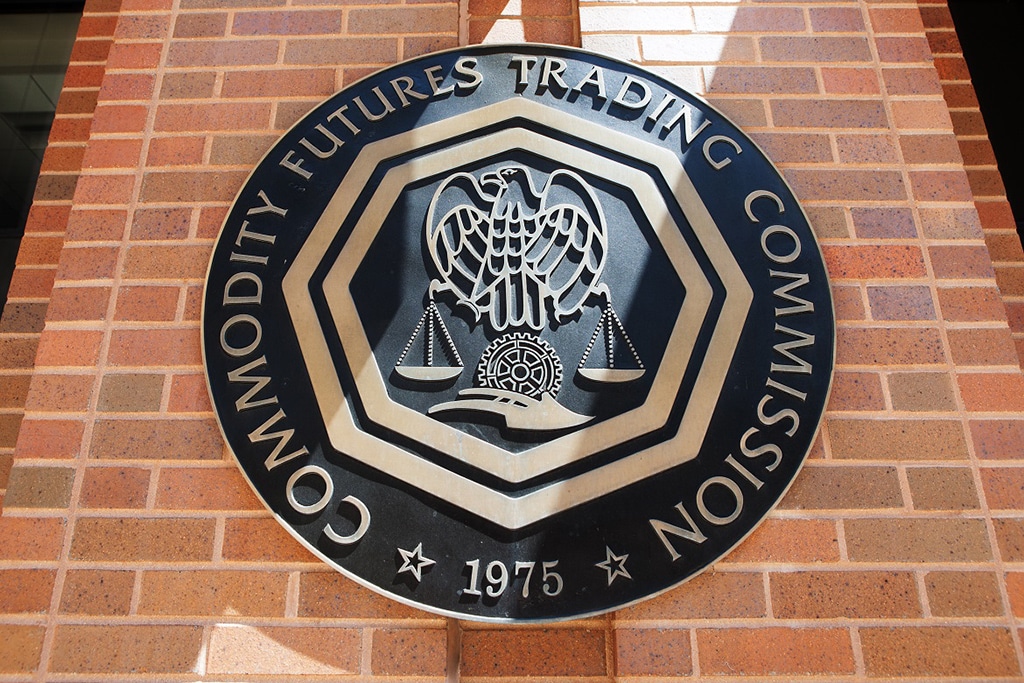
Please check out latest news, expert comments and industry insights from Coinspeaker's contributors.
In Question & Answers interview Adrián Garelik, co-founder of Flixxo, shares his opinion about the exciting developments happening in the world of online video distribution and consumption.

The internet seems to run on videos, from dangerous stunts to cats playing the keyboard and everything in-between. Online social video ecosystem has been ruled for years by sites like YouTube, Twitch, Vimeo, and Netflix. Yet a tectonic shift is currently underway as new video streaming platforms are emerging that are embracing new innovations, such as peer-to-peer file-sharing and blockchain technology. One of those new platforms – Flixxo, shows tremendous promise with intriguing features and incentives for content creators. The platform is currently in the midst of its successful ICO, and people can purchase tokens on the official website as well as the Icofunding platform.
The development team of Flixxo reads like a who’s who of crypto personalities. There’s Pablo Carbajo, the creator of the Riecoin digital currency, as well as Adrián Garelik, the co-founder of RSK Labs, the open source contract platform. Also of note is Federico Abad, the creator of PopCorn Time, one of the most influential video streaming platforms released.
Coinspeaker: Why have the current online video giants, such as YouTube, not embraced blockchain technology and still focus on centralized solutions, which are much more expensive?
AG: This is not expensive for them: they are Google, Facebook… giants! It is expensive for the rest of the universe, and no one can compete with them. Why would they bother on exploring solutions which can bring competition?
Coinspeaker: How does the smart contract impact the relationship between content creators and users for video streaming sites? How easy should such contracts be in order to facilitate the interaction between all parties?
AG: Users won’t have to be aware of smart contracts being at the back-end of applications. There are contracts (if-then) implied on digital interaction: if I press a play button, you should showcase a video. If I ran out of lives on a game, I won’t be able to keep playing. These contracts are visual and intuitive. That’s the way smart contracts should reach the final consumers.
Coinspeaker: Can you explain how the combination of blockchain-based smart contracts and peer-to-peer file-sharing can radically alter online video distribution and consumption?
AG: Blockchain can help us by creating incentives for users to become distributors of content and also to set clear rules on content distribution. Creating a network of incentivized content distributors with transparent norms on how the content monetizes brings up new ways of connecting authors straight with consumers, creating new bonds and raising the levels of engagement.
Coinspeaker: How much of any earned revenue from a video should be shared with users who seed the content so as to keep storage and distribution costs practically nil? What do you think are the upper and lower ranges of such revenue sharing to encourage users to seed the content?
AG: Consumers actually don’t have costs on lending storage space or bandwidth, as their internet connection usually has a flat fee. And a personal computer or a phone consumes a marginal amount of electricity. So any economical incentive should be good. But in a network in which there is some content paying more than other content, the reward will be regulated by the market. If your content is good enough and it is very popular and you have a broad fan base, you can choose to give away less profits. But if you want to keep your subscribers engaged, to be greedy is a very bad idea!
Coinspeaker: With content creators getting squeezed by ever-changing rules and demonization on sites like YouTube, what do you think is the best way to financially reward content creators and encourage them to make even more videos for consumption?
AG: When monetization and distribution come from the consumers’ side, and not from advertisers and a centralized platform, every single author has the same rights and privileges of any other author, not depending on the kind of content they produce or if the message they are spreading is the “right one” according to the platform. The best incentive is to have a lot of people interacting with you content and paying for it.
Coinspeaker: One of the knocks against standard P2P file-sharing networks is pirating of copyrighted material, which often has the effect of scaring off advertisers. What safeguards can be put into place to avoid such a pitfall?
AG: P2P file distribution can be used as a mean for piracy, just as P2P payments can be used for financing drug trafficking. Yet, both technologies enable compelling solutions that can be widely adopted in different scenarios. It is not about centralization or decentralization, it is always about the tools you have for encouraging a good use of the technologies. On Flixxo, we discourage unlicensed content by asking authors to time-lock tokens on a smart contract. By asking them to set a “warranty” on their content, which they might lose in the case of a dispute, we create incentives for uploading only content that would monetize. We also avoid spam content.
Coinspeaker: A number of upcoming online video platforms have generated a great deal of interest. Does this response show that there’s a tremendous demand for an alternative to YouTube for online video distribution and consumption?
AG: YouTube has no competition. Zero. Only in China, which has a closed market. How it is possible that authors only have one option for monetizing UGC? There are 1B users every day watching YouTube videos, a market that generates about $10B every year… and there is no competition? Only one option. Yes, there is a demand for something new.
Coinspeaker: Will new online video platforms that seek to challenge YouTube eventually fund the creation of new video content themselves? If so, what do you think the split would be between the platform and the content creators?
AG: It is probably better to build up tools for helping thousands of projects rather than fully producing a few. Content creation is really expensive (Apple, Amazon, Netflix… they spend billions of dollars on Original Content). I think that new platforms would be able to subsidize just a part of the content creation process, a small incentive for bringing new creators to their ecosystems.
Coinspeaker: What lessons can new video platforms learn from applications like PopCorn Time? How can users, content creators, and advertisers all mutually support each other while creating a strong and vibrant social video sharing ecosystem?
AG: It is all about connecting people. All digital interactions rely on third parties: it is he, she, and Tinder. Content creator, content consumer, and YouTube. Client, retailer, and Visa. Decentralized networks connect people directly, without having an outsider messing up the communication or monetizing from the interaction. This creates a better flow of revenues when value is involved, and a far better clear and transparent communication. BitTorrent has proved that when users feel they own the network, they participate to improve it. And we believe they will be more engaged if they have their own currency.
Coinspeaker: How far do you think blockchain technology and peer-to-peer file-sharing networking can push the current online revolution?
AG: To the moon! Internet should be democratic, but it is not. Everything is centralized; all our personal information is being used without our consent. The only two ecosystems that seem to have some kind of freedom and transparency are p2p file sharing and blockchain. Democratic distribution of wealth and democratic distribution of information together create a synergy and a cooperation, and you can push a revolution in the internet.
Coinspeaker: What features are of absolute necessity for an online video streaming platform when it first launches? What other features, if any, should be added later on?
AG: First of all: ease of use, zero learning curve, and a beautiful UX. Not more complicated than YouTube with credits (that you can earn by participating). After building a strong network, we should bring users tools for governance, teach them about what is behind the platform, and the possibilities they have.
Coinspeaker: Why launch an online video platform when it seems most people are very happy with sites like YouTube, Vimeo, DailyMotion, and even Facebook?
AG: Are they? People complain more and more on the experience of using those platforms. In Facebook, you have mid-roll advertising in every video that lasts more than 1:30 minutes. In YouTube, you keep watching content you don’t really want to watch when your favorite authors are being demonetized. People are not happy; they have no options.
Coinspeaker: How can you guarantee exposure for content creators and eyeballs for advertisers in a field that’s pretty crowded?
AG: Its been proved that more than 90% of consumers are keen to watch a full video ad if they get rewarded. This is a model that has been explored in gaming: if you ran out of lives, watch an ad and earn more. We are bringing this model to video platforms: run out of Flixx, watch an ad and earn more.
When it comes to content creators, YouTube is a oversaturated platform, filled with spam content and super low quality content. In Flixxo, every author sets a Flixx warranty on top of their content. This mechanism avoids spam content and content that has no chances of monetization. Also, every author has the chance of bidding for a better spot (always locking tokens, not spending them), and they also have tools for reaching more users (by giving bigger rewards to the network or by charging less for their content). Better spots work on a mix of community engagement on the content and bidding, so anyone can hit the first page.
Also, platforms such as YouTube tend to bring better spots to content that better monetize for them. In Flixxo, we are working with algorithms that bring up content that is related to the interests of the consumer.
Coinspeaker: Is making people pay to watch online videos a risky move? With plenty of free alternatives, won’t users gravitate towards sites that offer free viewing?
AG: There is no free content. Someone is paying for it. Whether it is an author that is not monetizing, user personal information that is bringing revenues to the platform, seconds of consumers’ attention to advertising… Flixxo takes those models and makes them transparent for everybody. As a consumer, you know how much you can earn by giving your time to advertising or by sharing your personal information. You also know how much an author is earning and sharing with the community. You even know how much the cut of the platform is. Consumers are not using money for buying credits, they can earn them in the same way they earn the right of watching videos in other platforms. But here they are aware of the mechanism, and they’re are free to choose. This is all about choice, something that has been taken away a long time ago on the internet, and we aim on bringing back.
For more information on Flixxo and their current ICO, please visit their website at flixxo.com.

Please check out latest news, expert comments and industry insights from Coinspeaker's contributors.




